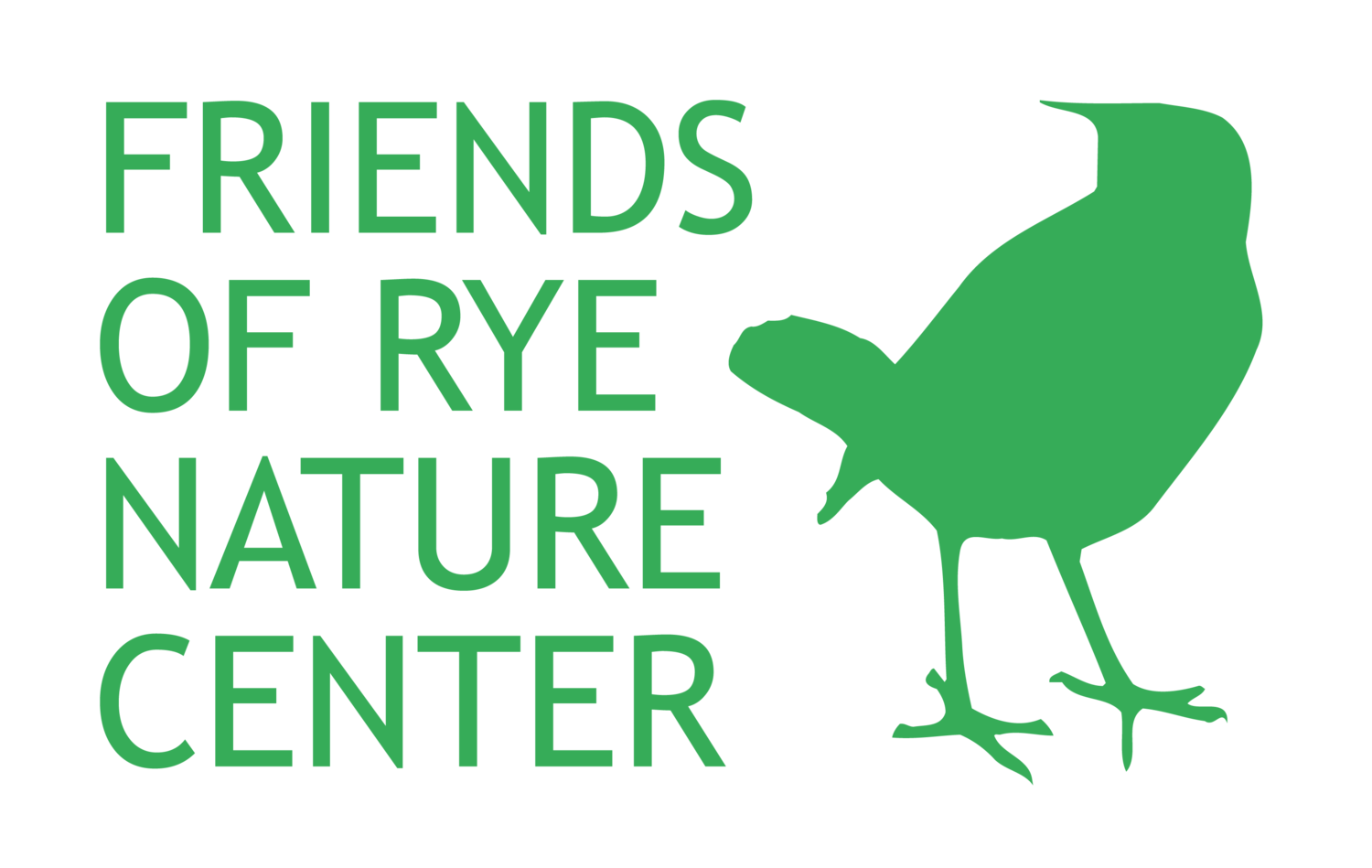- Tucker Smith, Guest Contributor
Image Credit: Dr. Fred Espenak, Science Photo Library
In Ancient Greco-Roman myth, the hero Hercules slew the Nemean Lion, whose hide was impervious to weapons. After Hercules defeated the beast with his bare hands, the gods placed it in the heavens, creating the constellation Leo. Leo is the radiant of the Leonids meteor shower—that means to an observer on Earth, the meteors appear to come from within the constellation.
On the evening of November 17th into the 18th this year, the Leonids meteor shower will peak. Though the shower will not be strong enough to become a storm, the Leonids have brought several famous meteor storms, most notably in 1833, 1966, and 2001. (The general measure for a meteor storm is 1,000 meteors per hour; the 1833 Leonids storm produced roughly 100,000 meteors an hour. It is considered one of the first modern meteor storms.)
Meteor showers are caused by the Earth’s orbit passing through debris left by comets. The Leonids’ parent comet is called Tempel-Tuttle, also known as 55P/Tempel-Tuttle. The comet was discovered independently by two different astronomers 17 days apart. The first to find it was William Tempel at the Marseilles Observatory in France, who saw the comet on December 19, 1865. Then, on January 5, 1866, the American Horace Tuttle of the Harvard College Observatory also discovered the comet.
Photo Credit: solarsystem.nasa.gov
Astronomers spent almost a century fine-tuning their methods of predicting the comet’s return. While they were quickly able to determine the comet's patterns, the presence and intensity of the Leonids meteor shower was not accurately predicted until 1998.
The best times to see the meteor shower are between midnight and dawn. Meteor showers appear in all parts of the sky, but if you want to try to find the meteors right as they become visible, try looking near the constellation Leo.


